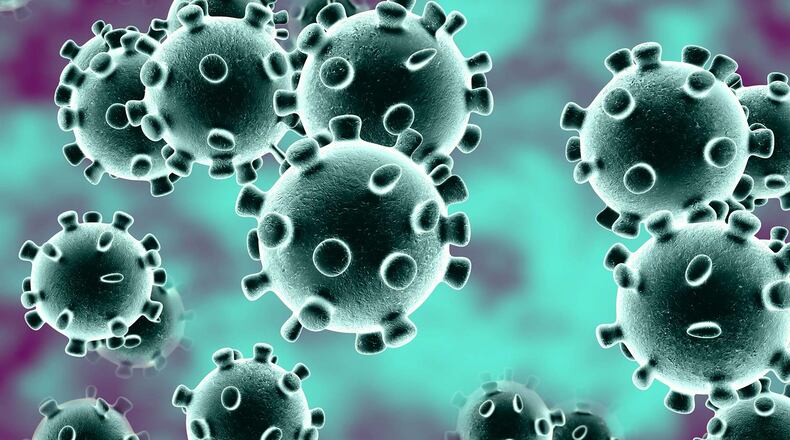There have been 129,785 cases and 4,256 deaths reported in Ohio as of Saturday, September 5, the Ohio Department of Health reported.
1,341 cases and eight deaths were reported today, making today the fifth day in a row when more than 1,000 new cases were reported.
UD may be encouraged to remain fully online if coronavirus cases continue to rise
In a letter to students, Jeffrey A. Cooper, who heads Public Health Dayton and Montgomery County, called the university’s coronavirus outbreak “a major threat to the public’s health and the well-being of our citizens,” and urged students to do their part now to control the spread of the deadly virus.
He credited UD leadership for putting in place a strong safety protocol, and challenged the students.
“University of Dayton Administration, faculty and staff did their part. It is now time for all students to do their part,” Cooper’s letter said.
Gov. DeWine will allow up to 6,000 fans to visit home games for the Cleveland Browns and Cincinnati Bengals
The Cleveland Browns and Cincinnati Bengals have been granted a variance to the state sports order that will allow up to 6,000 spectators at two home games, a release from Gov. Mike DeWine stated.
The variances allow no more than 1,500 spectators in each side of the stadium. Fans must use the designated entrance for their ticket and they must wear face masks in accordance with state regulations.
College coronavirus cases in Ohio are contributing to county alert statuses
The number of daily positive coronavirus cases in Ohio has reached a plateau, but one statistic has seen drastic changes in recent weeks.
Cases among the 18-22 age group that represented less than 10 percent of positive COVID-19 cases reported from March to June have skyrocketed. They now make up 35 to 40 percent of cases, according to an Ohio Department of Health chart shared by Gov. Mike DeWine on Thursday during a press briefing.
Wastewater coronavirus testing will be used in Dayton and around the state
Ohio is joining a growing number of states and organizations trying to track the pandemic by tracking coronavirus fragments in sewage, with the goal of detecting signs of a surge before an increase in case counts and hospitalizations.
The increase of COVID-19 cases in communities is typically tracked by testing people for infections, but people having symptoms is an indicator that lags behind the actual spread of the disease.
About the Author

